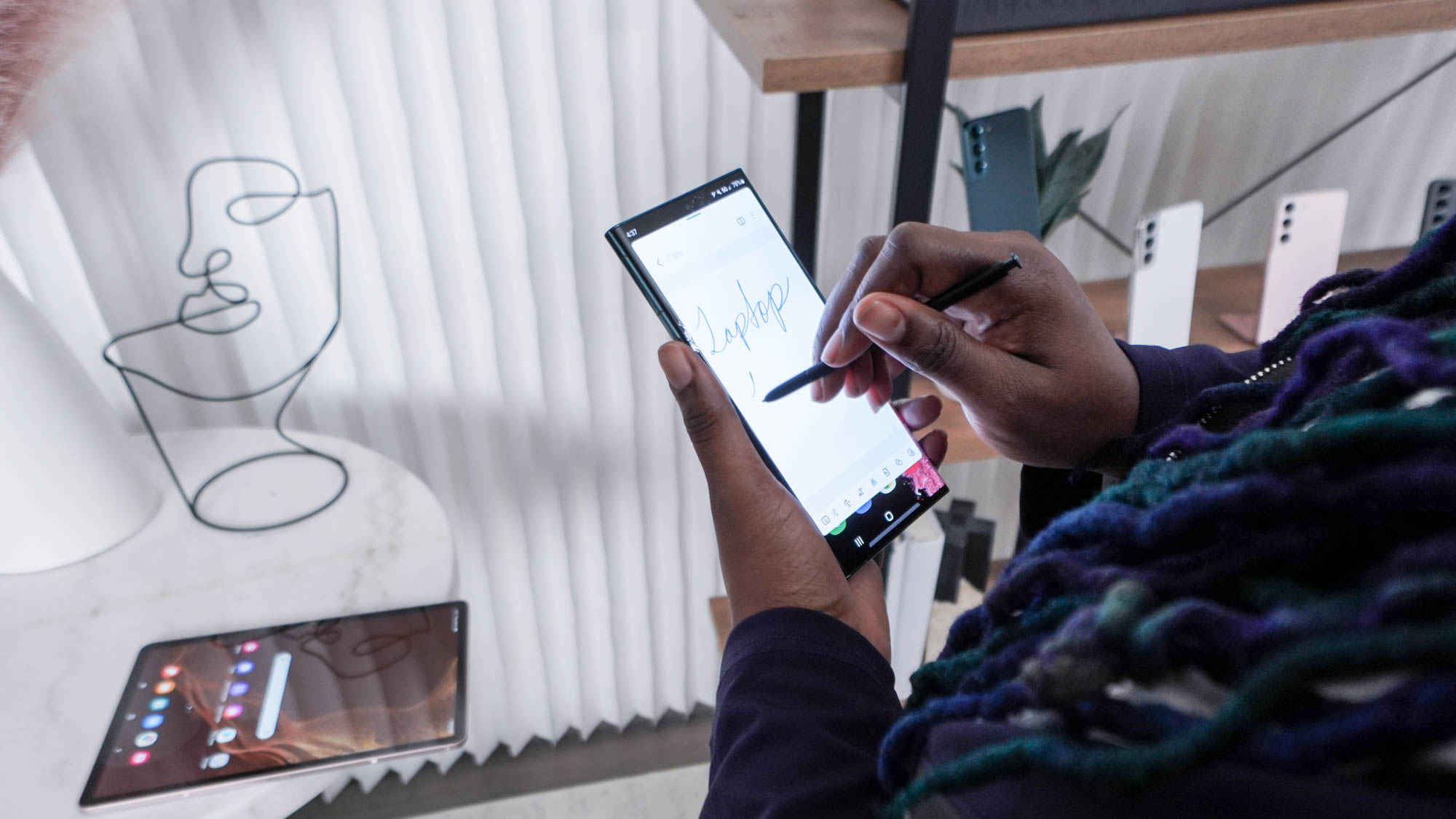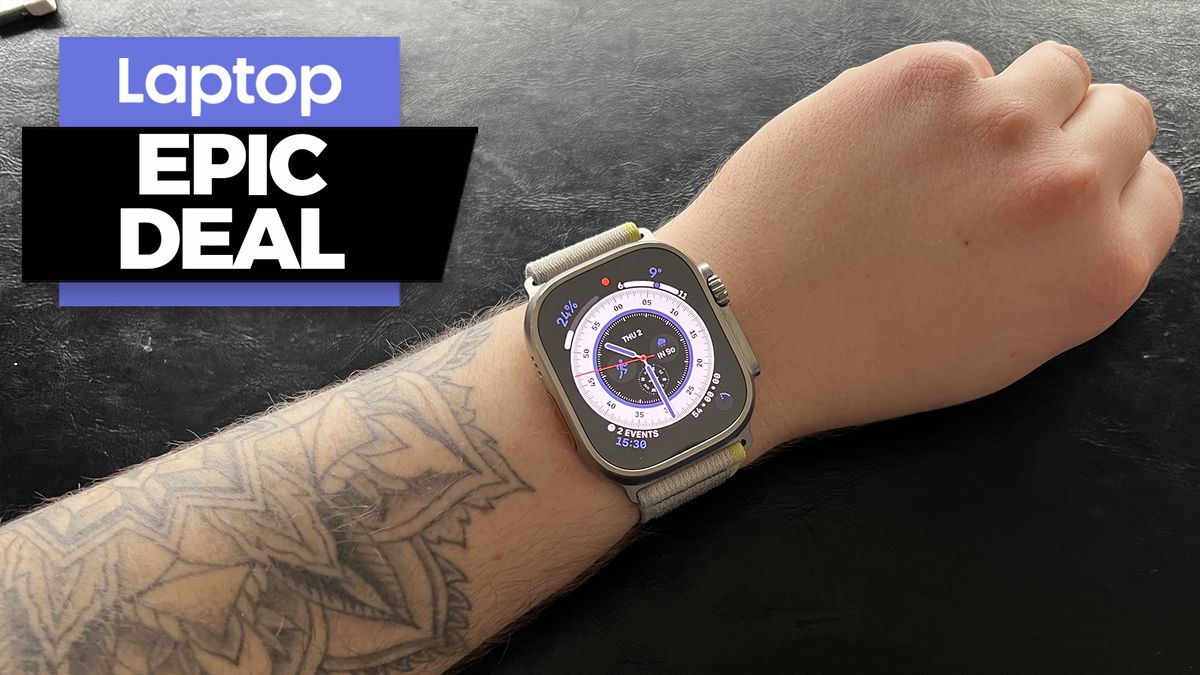This past week Samsung launched its flagship Galaxy S23 Ultra, a lovely device. Outwardly there are limited changes from last year, although our tests are showing there’s a lot more to the internal upgrades than you might think, but with that said it’s still $1,200, and that’s just the 256GB version. If you want to upgrade to 512GB that’s $1,299, or you can go all in and get the 1TB model for $1,619.
Top end flagship phones offer some amazing features like the new 200MP camera in the S23 Ultra or the unmatched video stabilization in the iPhone 14 Pro models, but not everyone needs to shell out over a thousand to upgrade their phone. Both Samsung and Apple are guilty of dropping new devices every year that are only incremental improvements from the year before. The latest iPhone 14 is a 13 with a few tweaks, and a top-of-the-line iPhone 14 Pro Max with 1TB is going to run you $1,599
As a consumer, you must ponder whether your budget needs to take a hit just so you can buy the latest, slightly better phone or whether more affordable options offer everything you truly need. Behold, here are five phones that can handle the needs of most users and cost between $500 and $1,000. We like to think of these phones as affordable flagships, offering 95% of the $1,000+ flagship phones for hundreds less.
So stop researching how much you can get for a kidney on the black market and take a peek at some options that will let you keep that kidney where it belongs.
Google Pixel 7 Pro
Google Pixel 7 Pro specs
Price: $899
OS: Android
Screen size: 6.7-inch AMOLED
Screen resolution: 1440 x 3120
CPU: Google Tensor
RAM: 8GB & 12GB options
Storage: 128GB upto 512GB
Rear cameras: 50MP Main Camera + 48MP Telephoto + 12MP Ultra-Wide
Front camera: 10.8MP
Size: 6.41 x 3.02 x 0.35 inches
Weight: 7.48 ounces
Ounce for ounce, and dollar for dollar, the Google Pixel 7 Pro ($899) is one of the best Android phones available today.
It comes with one of the best camera apps and editing tools available on any phone. Yes, it all has standard settings like panorama, low-light (Night mode), and portrait. It also comes with Photo Unblur and Magic Eraser, which work wonderfully. Let’s face it most users’ smartphones are their go-to camera, and being able to edit your photos and videos instantly is a massive plus. Few others do it as well as the Pixel 7 Pro at this price point.
Google even has its silicon, the Tensor chip, which is an excellent performer. The Pixel 7 Pro offers consumers 8GB of RAM or 12GB and either 128GB, 256GB, or 512GB of storage. The Pixel 7 Pro features a 50MP wide lens, a 12MP ultrawide lens, and a 48MP telephoto lens with 5x optical zoom and 30x SuperRes Zoom. So it’s got the specs to go head to head with the iPhone 14 Pro or Galaxy 23 Ultra.
OnePlus 10 Pro

OnePlus 10 Pro specs
Price: $589
OS: Android
Screen size: 6.7-inch AMOLED
Screen resolution: 1440 x 3216
CPU: Qualcomm Snapdragon 8 Gen 1
RAM: 8GB & 12GB options
Storage: 128GB and 256GB option
Rear cameras: 50MP Ultra-Wide + 48MP Main camera + 8MP Telephoto Hasselblad Tuned
Front camera: 32MP
Size: 6.4 x 2.9 x 0.34 inches
Weight: 7.23 ounces
For under $600, you can get what our reviewer called “A challenger to the throne,” the OnePlus 10 Pro. Many people still don’t know enough about OnePlus, and I hope this changes in 2023 because they’re producing some serious flagship-level phones at prices that will not break your budget.
The OnePlus 10 Pro offers performance on par with most other Android flagship phones, battery life that rivals the iPhone, a gorgeous AMOLED 6.7-inch display that Samsung only outdoes, and fast charging that still blows away any of the competition in the U.S.
The OnePlus 10 Pro also comes with a set of cameras fine-tuned by Hasselblad, the ultra-high-end camera company that co-developed the 10 Pro’s camera array with OnePlus. The primary wide-angle camera remains the 48MP f/1.8 Sony IMX789 exclusive to OnePlus. There’s an 8MP telephoto at f/2.4. The ultra-wide is a 50MP f/2.2 Samsung ISOCELL JN1 with a dramatic 150-degree field of view. We close with a 32MP front-facing selfie camera powered by a Sony IMX615 sensor.
The setup performs well but does fall short of the low-light performance and telephoto zoom lens of the Pixel 7 Pro, iPhone 13 Pro, or Galaxy S22 lineup.
However, for under $600, the OnePlus 10 Pro can keep pace with the Apple, Pixel, and Samsung phones while saving you a ton of money and providing an excellent user experience.
iPhone 13 Pro Max

iPhone 13 Pro Max specs
Price: $999.99
OS: iOS 16
Screen size: 6.7-inch Super Retina XDR display
Screen resolution: 2778 x 1284
CPU: Apple A15 Bionic
RAM: 6GB
Storage: 128GB upto 1TB
Rear cameras: 12MP Ultra-Wide+ 12MP Main camera + 12MP Telephoto
Front camera: 12MP
Size: 6.33 x 3.07 x 0.30 inches
Weight: 8.47 ounces
So you want an iPhone 14 Pro Max, but you don’t have over $1,100 right now. Just buy the 13 Pro Max. It’s the same phone, ok like 90% the same phone, but it won’t cost you a full limb. The iPhone 13 Pro Max is still a powerful flagship phone and will do everything the 14 can other than making a satellite call if you are lost in the wilderness, but how often has that happened to you?
The iPhone13 Pro Max comes with a Pro camera system with 12MP telephoto, wide, and ultra-wide cameras; a LiDAR Scanner; a 3x optical zoom range; macro photography; Photographic Styles; ProRes; Smart video, Smart HDR 4; night mode; Apple ProRAW; 4K Dolby Vision HDR recording 12MP TrueDepth front camera with Night mode, 4K Dolby Vision HDR recording.
The issue is that although Apple has improved camera performance, primarily via software improvements, the cameras remain the same. Frankly, even though the iPhone 14 Pro Max got a new primary camera sensor, it still isn’t the leap in performance that I was looking for. I am still holding onto my iPhone 11 because it has not been worth the money to upgrade.
Again, snatching up a 13 Pro Max will save you a few hundred dollars, and you will still own a powerful flagship with software support that will last for years.
Samsung Galaxy S22 Ultra

Samsung Galaxy S22 Ultra specs
Price: $958
OS: Android
Screen size: 6.8-inch Dynamic AMOLED
Screen resolution: 1440 x 3088
CPU: Qualcomm Snapdragon 8 Gen 1
RAM: 8GB & 12GB options
Storage: 128 upto 1TB
Rear camera: 108MP Main camera + 12MP Ultra-Wide + 10MP 3x Telephoto + 10MP 10x Telephoto
Front camera: 40MP
Size: 6.4 3 x 3.07 x 0.35 inches
Weight: 8.04 ounces
Like the iPhone 13 Pro Max, this Samsung Galaxy S22 Ultra remains, even after a year on the market, an excellent flagship phone.
The S23 and S22 Ultra are 6.8-inch AMOLED display beasts with excellent battery life, spirited performance, solid camera performance, Snapdragon CPUs, and up to 1TB of storage. They also both come with Samsung’s excellent S Pen.
Why spend $1,200+ on a Galaxy S23 Ultra, when you can so many of the same features for under $1,000? Thanks to Samsung’s outstanding four generations of Android OS updates and five years of security updates, your S22 Ultra will be getting Android updates through 2025 and security updates through 2026.
Save the money now and in three years you can upgrade to the Samsung Galaxy S26 Ultra, which will probably be able to transform into a drone or a car.
You can’t go wrong with the Samsung S22 Ultra, it looks almost exactly like the S23 Ultra, you’re friends won’t know the difference.
Sony Xperia 5 IV

Sony Xperia 5 IV specs
Price: $758
OS: Android
Screen size: 6.1-inch OLED
SpecsScreen resolution: 1080 x 2520
CPU: Qualcomm Snapdragon 8 Gen 1
RAM: 8GB
Storage: 128 up to 256TB
Rear cameras: 12MP Main camera + 12MP Ultra-Wide + 12MP Telephoto
Front camera: 12MP
Size: 6.14 x 2.64 x 0.32 inches
Weight: 6.07 ounces
If you are a camera enthusiast who can make the most of the Sony Xperia 5 IV’s capabilities, you’ll love every second of your time with it. Also, since most of the phones on this list are camera-centric smartphones, the Sony Xperia earns its place. And thanks to its lower price, it sits happily in our fifth spot.
The Sony Xperia 5 IV made minor tweaks to its already strong compact flagship formula to make for an uncompromising phone in pretty much all areas. It is a smaller device with great performance, cameras, and display, paired with amazing battery life and an unmistakably premium, pocketable construction.
However, some of Xperia’s issues. From one generation to the next, do persist. Still, while some are technical issues like overheating, others are deliberate choices you will have to factor into your decision, such as the prosumer-focused camera software.
I will add it would be nice if there were an option for more RAM, and with so much of a focus on photos and videos a 1TB option would seem appropriate.
Final Thoughts
Regardless of which of these five flagship-worthy phones you choose, make sure to know your real needs and wants. If you don’t care about photography or need the best cameras, a mid-tier or even budget phone may be the right choice for you and save you from spending a lot of money on features you’ll never use.
Knowing your budget and your exact needs, and buying a phone that meets them, without worrying about the latest hyped-up phone, is the best advice I could give.







